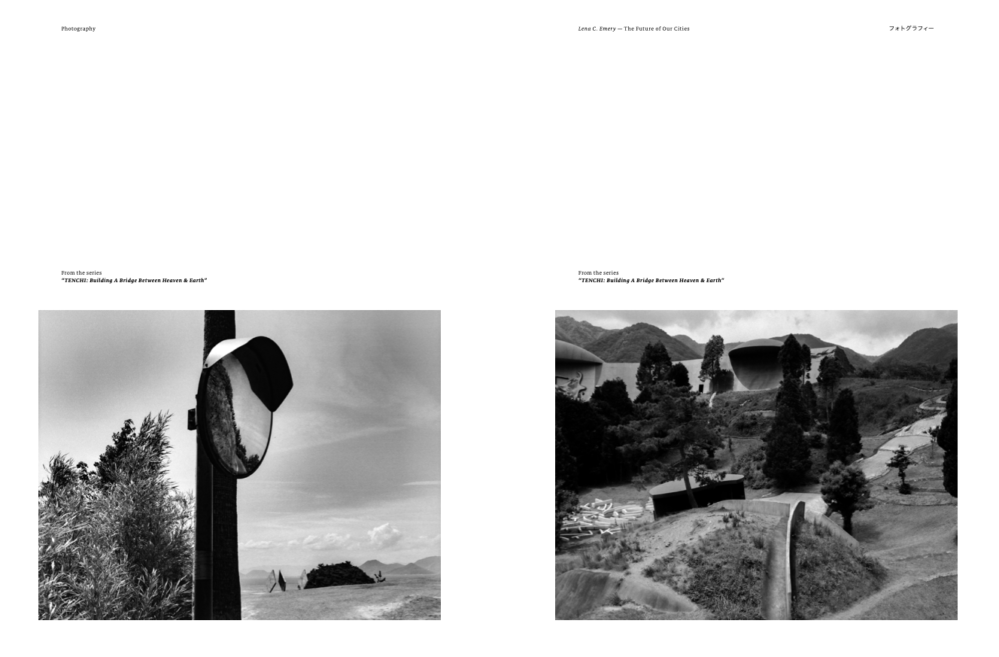
Emery writes about the Future of Cities and shares previously unpublished imagery inside Whitelies Magazine
Excerpt: As a teenager I came across the works of naturalist, artist and author Joy Adamson, who wrote: ‘Since we humans have the better brain, isn’t it our responsibility to protect our fellow creatures from, oddly enough, ourselves? Wildlife is something which man cannot construct. Once it is gone, it is gone forever. Man can rebuild a pyramid, but he can’t rebuild ecology, or a giraffe.’ At age 18 inspired by Adamson’s commitment to wildlife conservation I moved to a small island in Southeast Sulawesi, where my father and friends had set up a dive resort and marine reserve. At the time we were without internet or phone reception and only boat that came every two weeks to pick up and drop off divers and supplies. Today, after two decades of collaborative conservation in partnership with the indigenous population, Wakatobi is a UNESCO World Biosphere Reserve with the highest number of reef and fish species in the world.
When I think of Adamson’s words today, I think at once of our role as protectors as well as architects of the world we inhabit. Woven into the very fabric of our urban spaces are the norms of the societies, past and present, that built them. Our modern cities, erected largely by a collective body wanting to exert its dominance over the existing environment, have disjointed us from nature. Through living in cities where we separate the constructed, from the native environment, we’ve come to accept to see nature as something isolated from us.
Within my work I explore how we have come to shape our realities and what we can do for a renewed vision to take hold. At the mercy of our physical, biological, social and cultural environments and the way we relate to them, there is a huge opportunity for our places of habitation to be specifically designed to elicit learning. Our cities yield the possibility of teaching us about ecology and our role within the larger nature-system: To sense, perceive and interpret information about the total character of our unique and changing world.
Beyond re-adapting the way we design our built environments to be sustainable, we need to formulate a vision of a place where human concentration can exist within a framework that remains flexible, engaged and connected to the natural systems that allow it to thrive. Cities must answer to our questions of accountability and ethics in order to reflect a deeper sense of humanism. Rather than thinking of cities as machines that echo man’s technological prowess, we should think of them as organisms within a larger ecosystem that acknowledge the rights of the natural landscape into which we insert them. By reconciling what our future cities can afford us beyond just being places of convenience, we can hope to change the way we perceive and reason, and learn to inhale a bigger picture of the world and ourselves within it. We can create homes that can counter our pervasive disconnectedness and apathy, and enable kinder generations to exist and prosper.